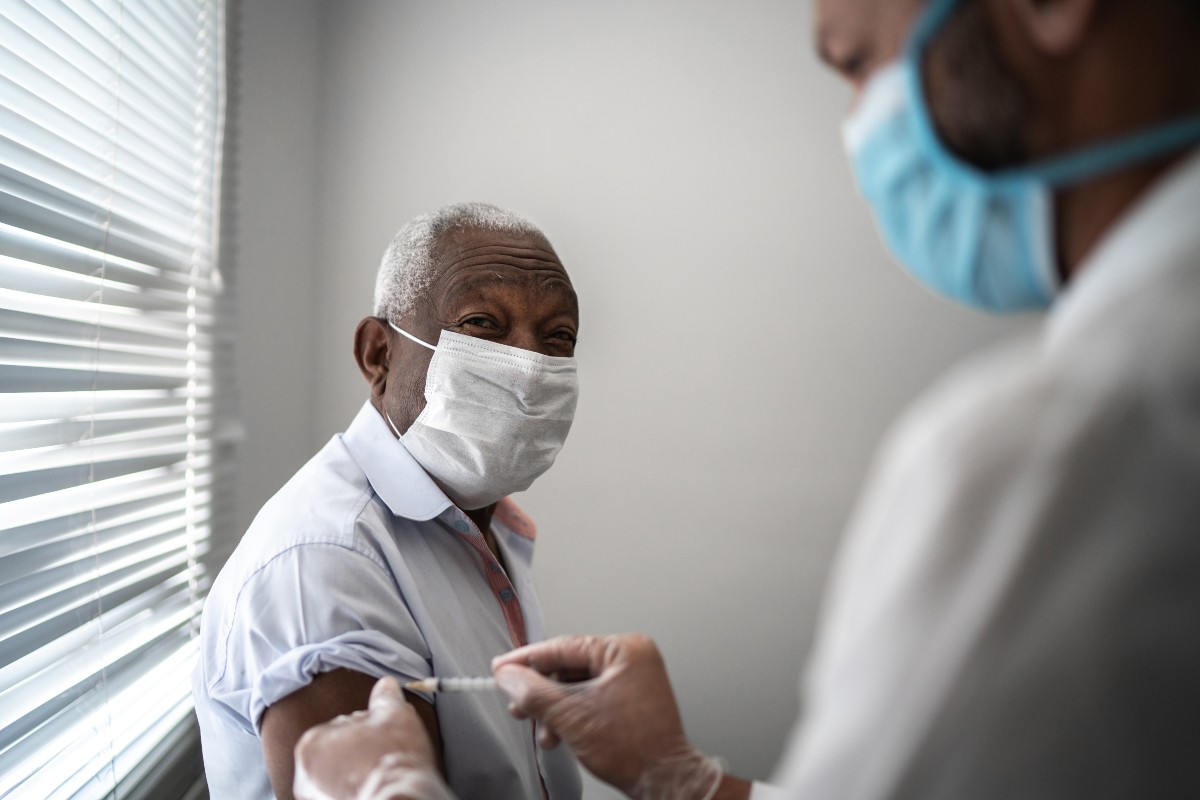White Britons were more likely than black Britons to be infected with Covid during the Delta wave in 2021 despite having significantly higher vaccination rates, ONS analysis shows. In the Alpha wave during winter 2020-21, on the other hand, black Britons were more likely to be infected. Ross Clark in the Spectator has more.
[A] new Office for National Statistics analysis comparing the second and third Covid waves shows something interesting: this time, white Britons were more likely to be infected. The data compares two periods: the ‘second wave’ (September 2020 to May last year) and the ‘third wave’ between (May to December 10th last year).In the second wave, the highest infection rate was among those of Bangladeshi and Pakistani heritage – with infection rates of 382 and 374 per 100,000 person-weeks respectively. In the third wave, however, the group with the highest infection rate was white British, with a rate of 360. There was a similar (though less pronounced) switch among the black African and black Caribbean populations – who had higher infection rates relative to the white British population during the second wave but lower infection rates in the third wave. The exception was in Britain’s Chinese population, which had the lowest infection rate in both the second and third waves. The data does not cover the first wave, during the spring of 2020, before mass testing began. The Omicron variant was first detected in the U.K. near the end of November last year.
Ross notes that there is a similar switch in infection rates between waves among socioeconomic groups and geographical locations (e.g. cities versus towns), and suggests that what may be happening is the virus is “gradually working its way through the population”, as different groups acquire higher levels of immunity.
He also notes the white British population suffered from the highest infection rate despite being the most vaccinated.
But it is interesting that the white British population went on to have the highest rate of infection during the third wave despite having higher vaccination rates than other ethnic groups. Around 68% of the white British population have been boosted, twice the rate of those of black Caribbean heritage (34%). The Pakistani, black African and Bangladeshi populations also had low rates of vaccination uptake.
There had been understandable concern about the low vaccination rates amongst ethnic minorities, and vaccine passports were – at one stage – seen as a tool that might address this. But with Omicron, as opposed to the first two waves, it does not seem that ethnic minorities were more susceptible to the virus.
Ross seems to have mixed up the ‘third wave’ (the Delta wave) with the Omicron wave here. The new ONS analysis relates to the Delta wave, not the Omicron wave. Third dose ‘boosters’ began being rolled out in September, so for most were received late in the Delta wave. Nonetheless, it is true that black Britons have had significantly lower vaccine coverage than white Britons throughout the vaccine rollout – the latest UKHSA data up to February 6th 2022 shows a vaccination rate between 58% and 69% for black over-18s in England, compared to 91% for ‘white British’. This higher infection rate among the more vaccinated part of the population during the Delta wave is therefore further indication that the vaccines are failing to protect against infection. The ethnic breakdown for the Omicron wave will be very interesting to see.
Worth reading in full.













To join in with the discussion please make a donation to The Daily Sceptic.
Profanity and abuse will be removed and may lead to a permanent ban.